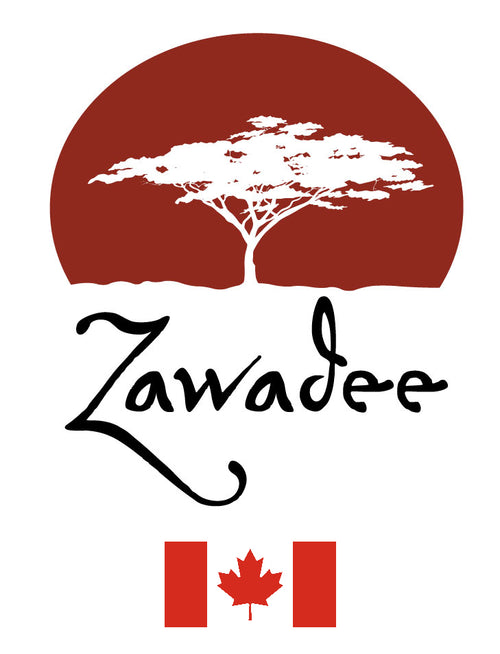Getting To Know Africa Series: The Journey to Aldabra Atoll
Hundreds of kilometers off the coast of Madagascar exists a special place, which has remained relatively untouched by humans.
 There are numerous islands scattered in the Indian Ocean off the coast of Africa, and among these is the Aldabra Atoll. This island ecosystem—which belongs to the Seychelles—consists of four islands surrounding a large shallow lagoon.
Aldabra is the world’s second largest coral atoll, and the largest raised coral reef in the world reaching up to eight meters above sea level.
At 34 kilometers long and 14.5 kilometers wide, Aldabra isn’t that big, but it boasts the largest giant tortoise population in the world.
There are numerous islands scattered in the Indian Ocean off the coast of Africa, and among these is the Aldabra Atoll. This island ecosystem—which belongs to the Seychelles—consists of four islands surrounding a large shallow lagoon.
Aldabra is the world’s second largest coral atoll, and the largest raised coral reef in the world reaching up to eight meters above sea level.
At 34 kilometers long and 14.5 kilometers wide, Aldabra isn’t that big, but it boasts the largest giant tortoise population in the world.

Giant Tortoise: Photo Source - Wikipedia
It is largely for this that UNESCO designated it as a World Heritage Site in 1982.
An Inhospitable Land
Aldabra remains virtually uninhabited by humans. There’s a ranger and staff, and a smattering of visiting scientists, but that’s it.
Centuries ago, explorers thought of inhabiting the island, but with little soil and practically no fresh water, it didn’t happen.
In addition, most of the land surface is made up of an ancient razor-sharp coral reef, which will shred your feet if you dare to walk on it.
An Ancient Creature: The Giant Tortoise
While Aldabra might not be the most comfortable place for humans—other animals thrive. Around 100,000 giant tortoises—the largest population in the world—call Aldabra home. These mighty beasts weigh about 250 kg and can easily live to over 100.
In fact, Jonathan, a rare Seychelles Giant Tortoise is thought to be the oldest living animal on the planet,. At an estimated age of 182, Jonathan has seen a total of 28 British governors come and go since he was brought fully-grown from the Seychelles to the island of St Helena in 1882. Jonathan was estimated to be approximately 50 years of age at that time, and was likely an exotic gift for then-governor Hudson Ralph Janisch.
Video Source: One Green Stone
Here are some other tidbits about the giant tortoises:- They belong to an ancient group of reptiles appearing about 250 million years ago.
- They’re related to Madagascar tortoises.
- Some individuals have been known to live over 250 years.
- They have long necks so they can stretch and tear branches from trees.

Frigate Bird: Photo Source - Wikipedia
Flora is abundant as well, with 273 species of flowering plants, shrubs and ferns on the atoll, including the tropicbird orchid—the national flower of the Seychelles.





